Mushroom Monday - MUSHROOMS, FLOWERS, AND INSECTS ON A CLOUDY NOVEMBER DAY
This is a photographic journal of my last visit to the small peninsula called Vizula in the bay of Medulin, the town in which I live.
It was a cloudy day, the rain was ready to fall but wasn't there yet, and I found quite a few mushrooms but not a great variety of fungi species.
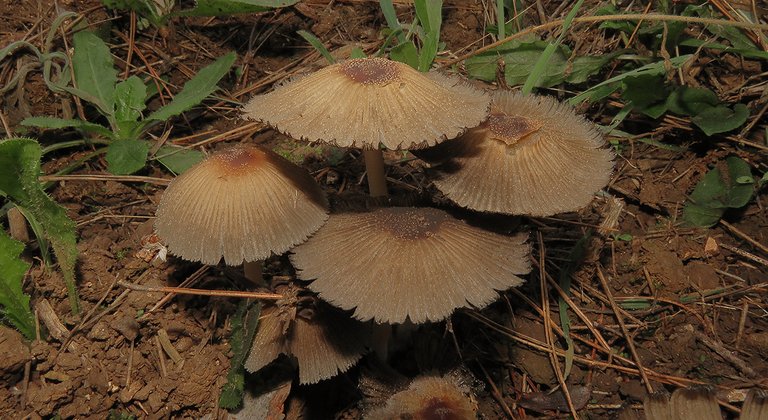
The exact date was the 22nd of November 2021, and these are the first mushrooms I encountered ...
... the very common Coprinellus micaceus.
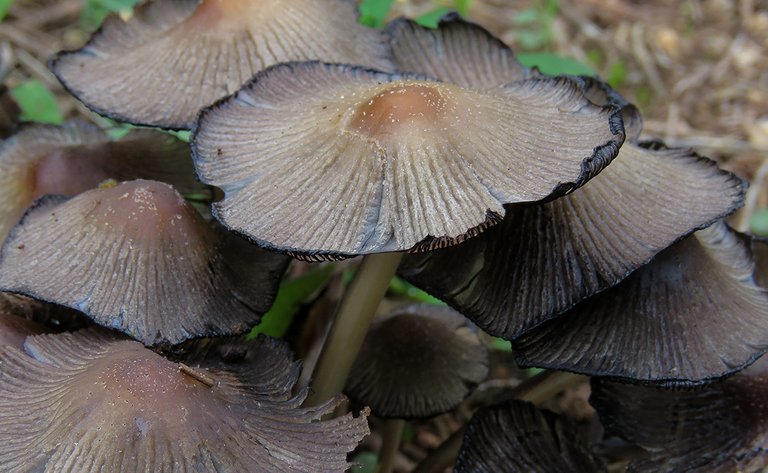
Like in most species from the same Psathyrellaceae family, the fruiting bodies of Coprinellus micaceus ...
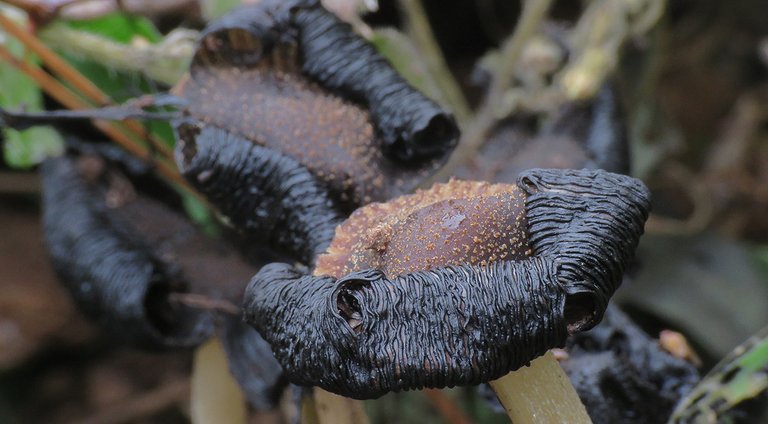
... dissolve soon after releasing the spores.
Here you can see a small cluster of mushrooms at the end of their cycle. In the following photograph ...
... the focus is on the small detail found on one of those melted caps. A droplet of liquid that looks like some minuscule jewel made of amber.
This turning into a black goo is an enzymatic process called autodigestion or deliquescence.

The cap in this photograph has started to fold, which means that will decay soon, but right now is still in relatively good shape. If you take a good look at the picture, you may notice some small insects on the mushroom.
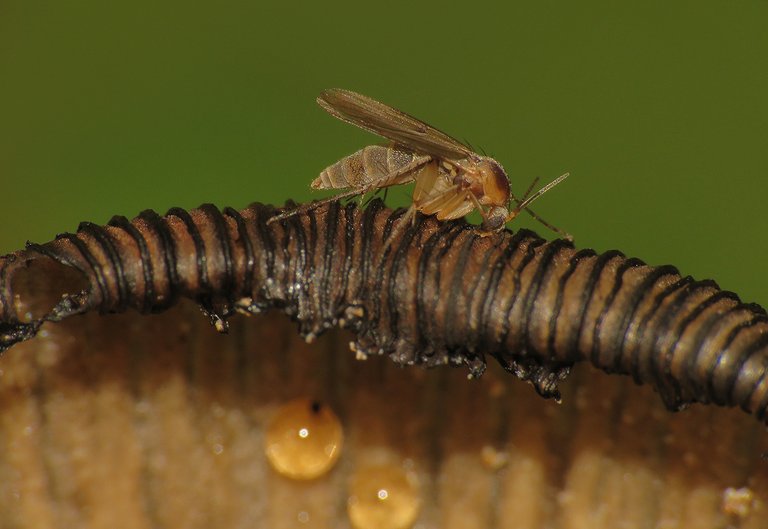
This is a fungus gnat.
I don't know the exact species. The family is Mycetophilidae.

These small flies that resemble mosquitoes feed and reproduce on fungi. The larvae of some species consume all parts of the fungus, not just the fruiting body, other burrow and feed only inside the fruiting body. Some species have larvae that are found around mushrooms but are at least partially predatory. Since I'm not able to determine the exact species here, I can't tell you how the story goes with these particular fungus gnats. What appears obvious from some of these photographs, is that the adults do feed on the gills of the Coprinellus micaceus mushrooms.
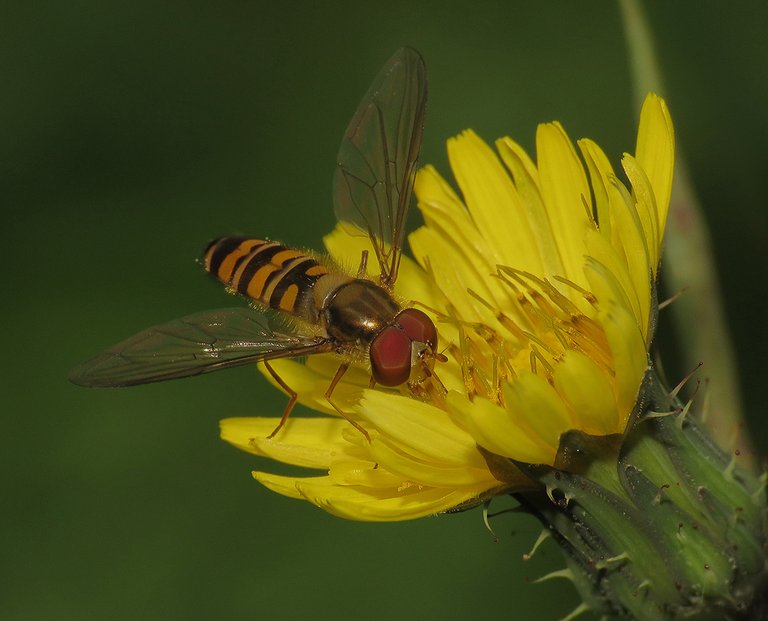
Quite unexpectedly, I found quite a few bigger flies on that day.
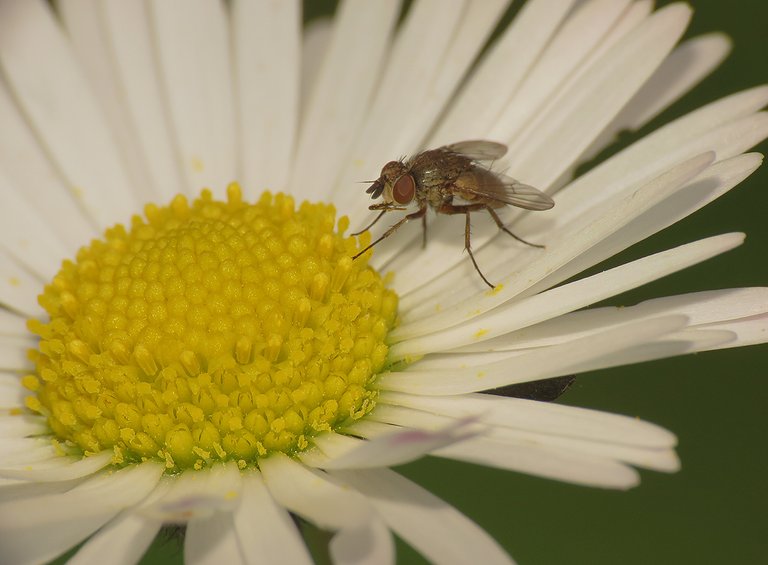
They were buzzing around flowers. But I found them later, so for now ...
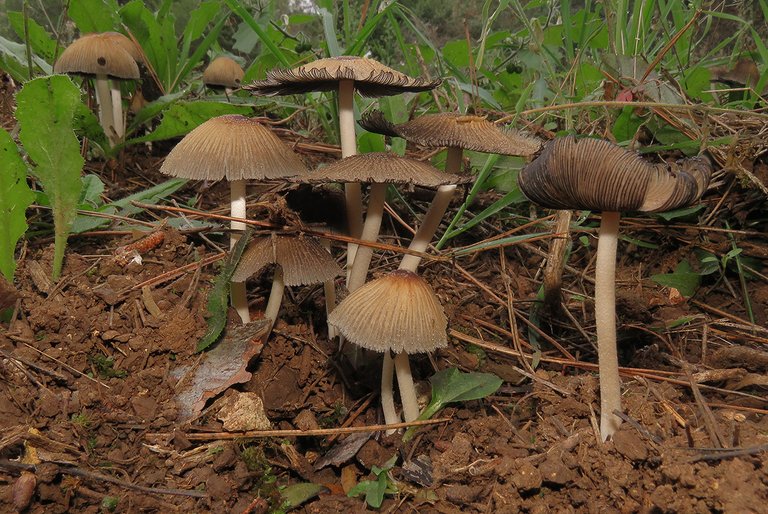
... the story is still stuck around the Coprinellus micaceus.
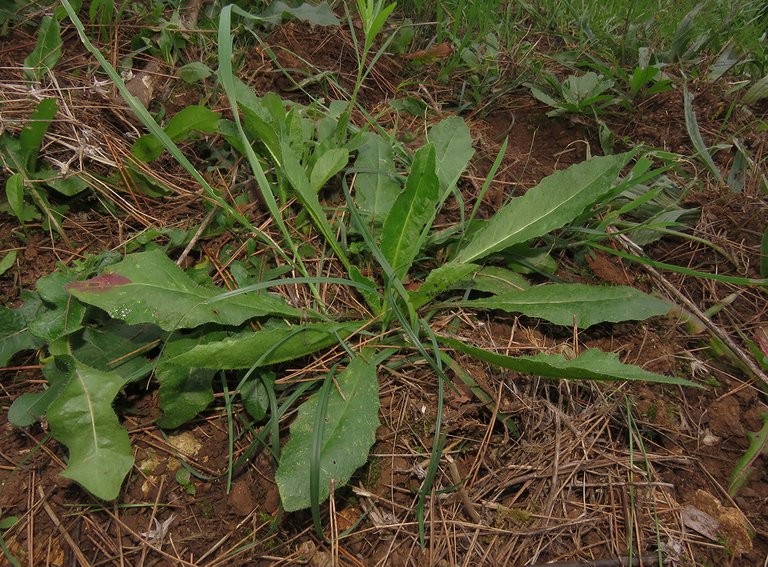
The mushroom appeared among the Hypochaeris radicata plants, and on these juicy elongated leaves ...
... I found a colony of aphids.
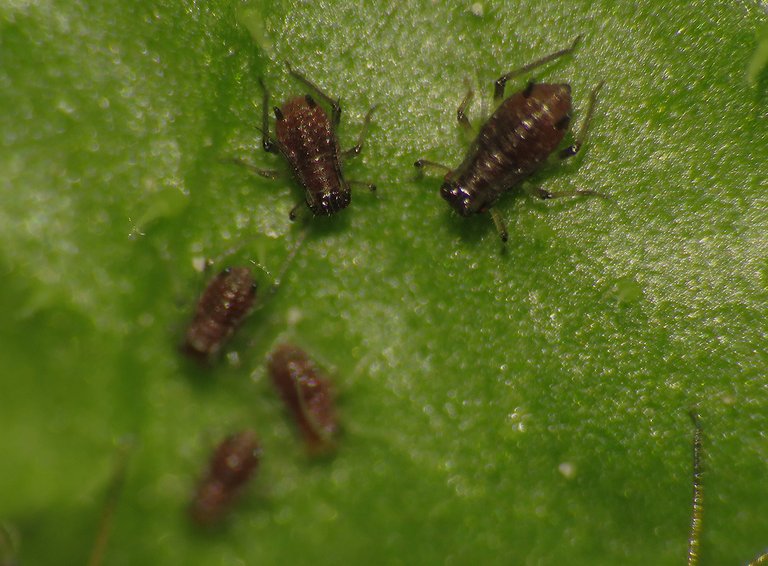
Uroleucon picridis is the name of the species.
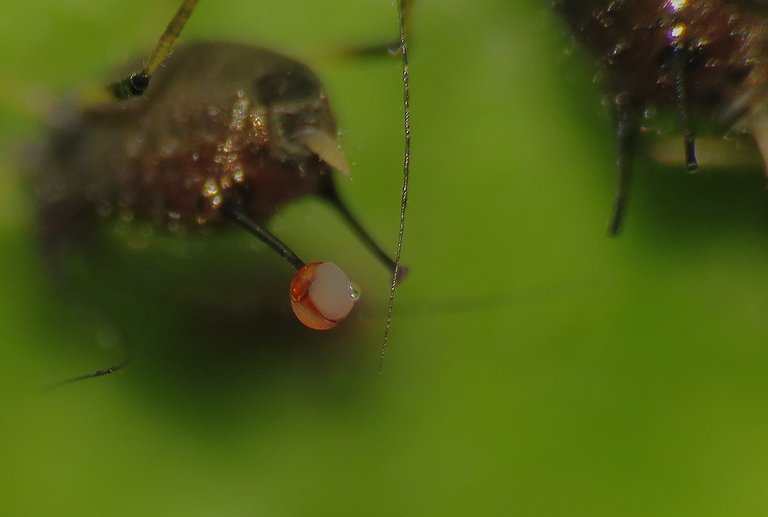
Here you can see the aphid with a minuscule droplet on it. It looks too dense to be honeydew, doesn't look like a clear liquid. There is another, much smaller droplet, a typical transparent droplet, on that little sphere. I can't tell you what exactly is going on here.
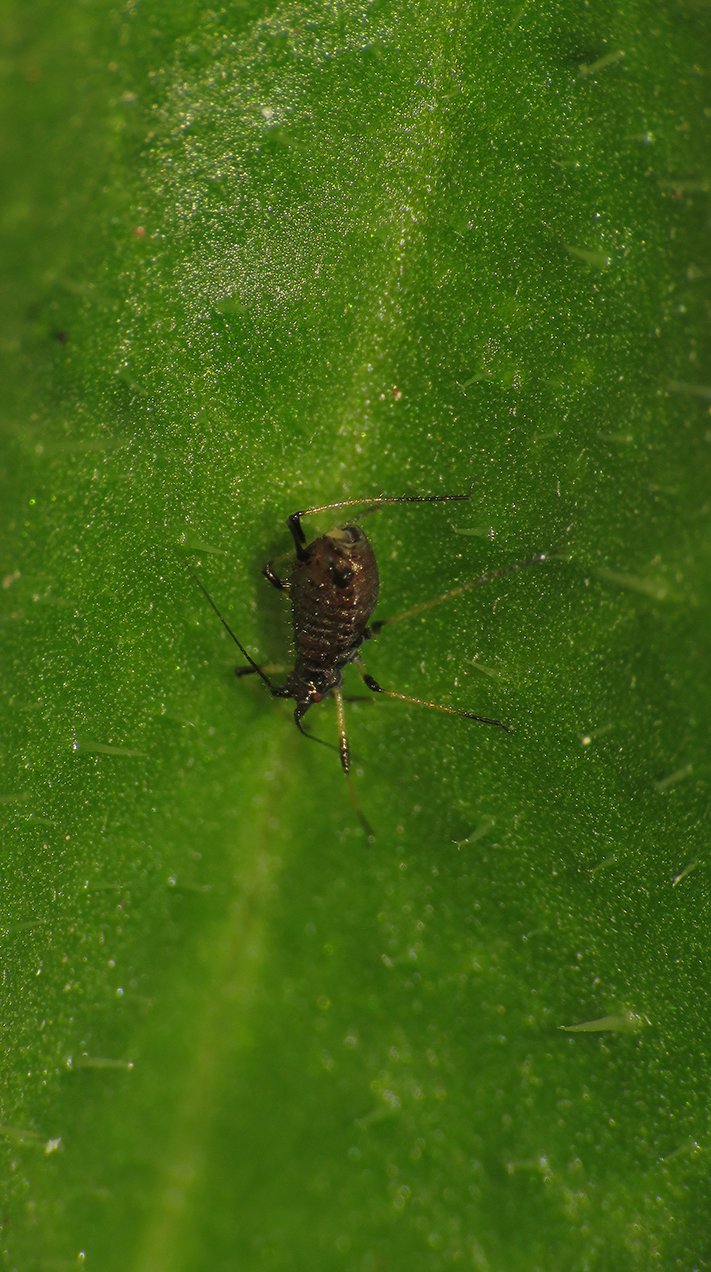
After photographing a group of aphids, I found a solitary one on the neighboring plant of the same kind.
This Suillia fuscicornis fly was also photographed on the Hypochaeris radicata.
The fly was busy cleaning itself. When that was done, after a short flight ...
... the insect landed on the decaying inkcap ...
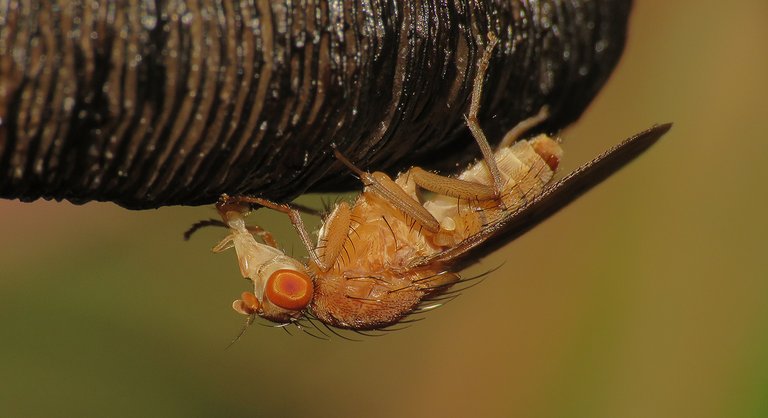
... and started feeding on the dissolving gills.
These three Coprinellus micaceus mushrooms were a bit younger and still in good shape ...
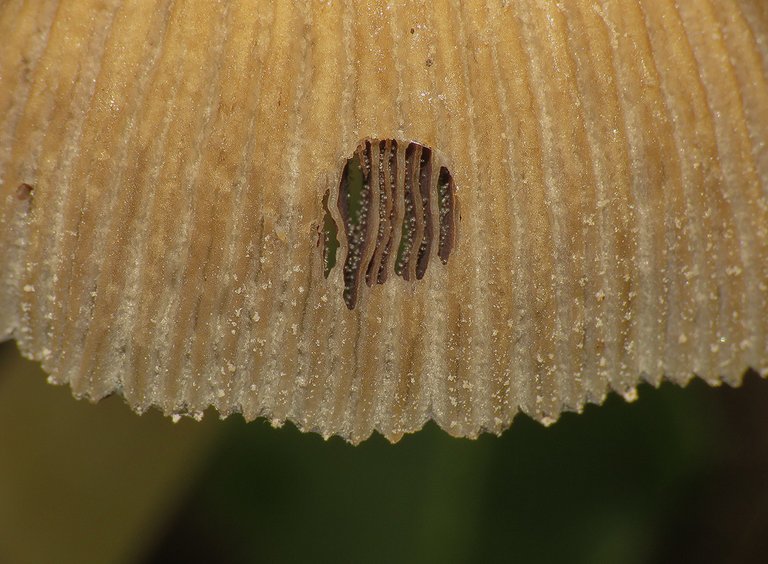
... but something ate a hole in one of them. It was a pretty interesting hole. Only the surface of the cap was eaten, while the gills remained intact. The thing looked like a little prison window with the typical bars.
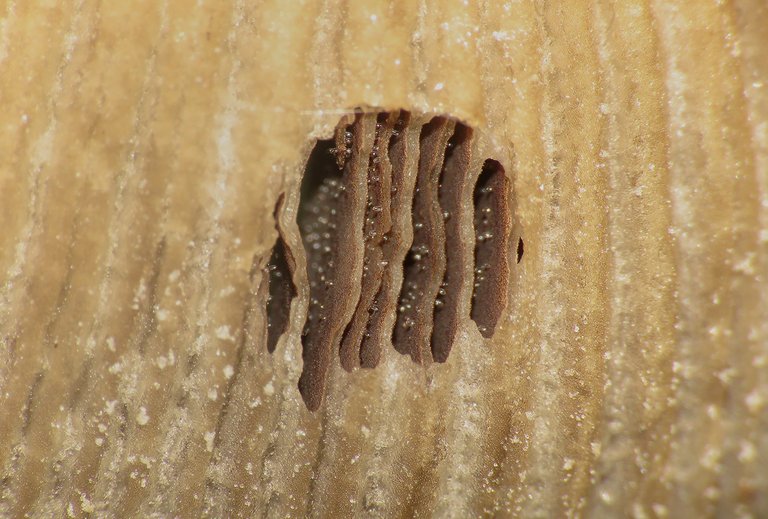
When I mounted the macro lens and came closer ...
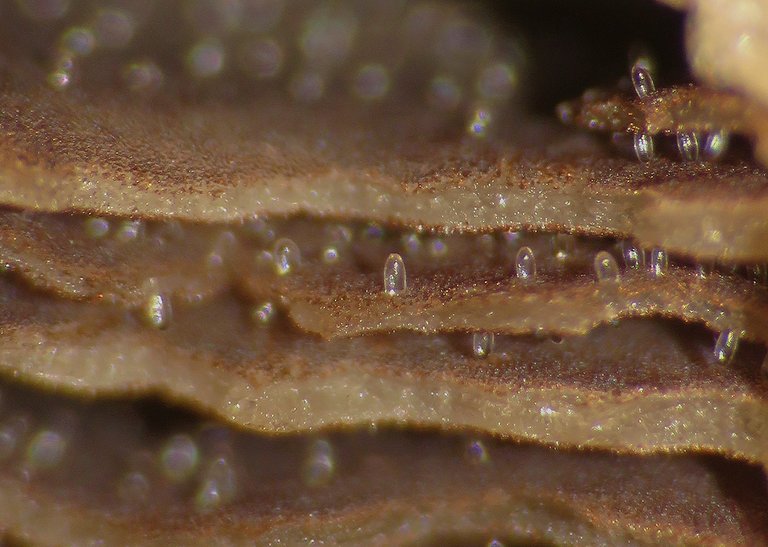
... I noticed what looked like some delicate, transparent eggs. I still don't know what exactly these are.

At one point a minuscule pinky springtail entered the scene. Brachystomella parvula is the name of the species. This is some very small stuff. Macro bordering with micro.

The springtail continued its walk and soon disappeared somewhere in between the gills.
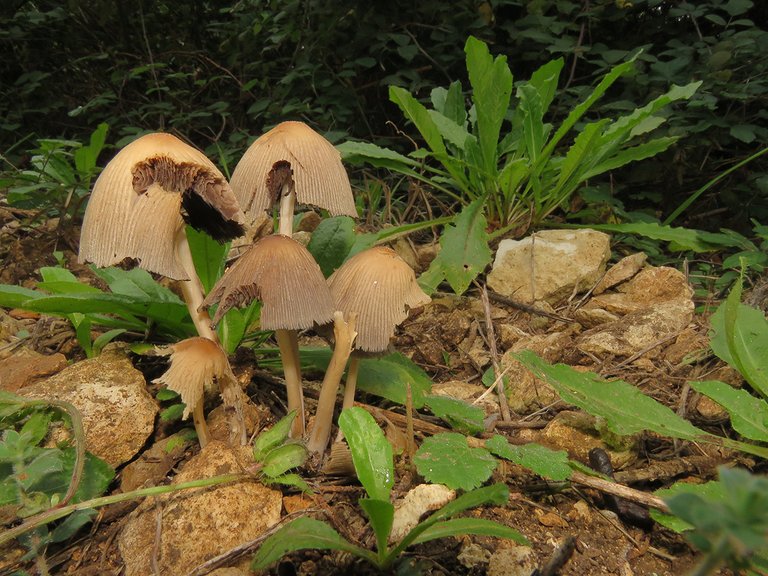
A bit further I found another group of relatively young Coprinellus micaceus fruiting bodies.
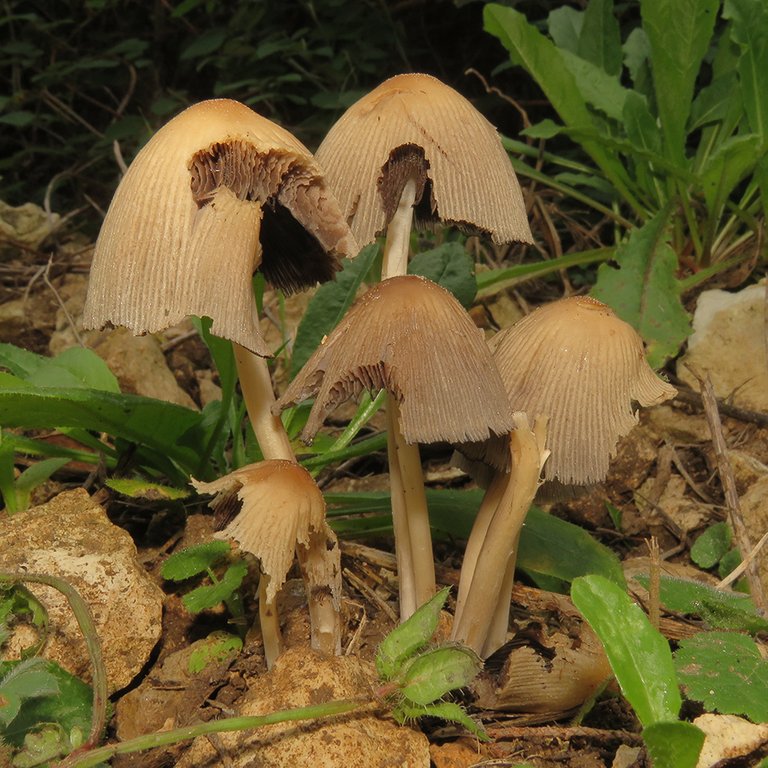
These were eaten more thoroughly. Not far from them ...
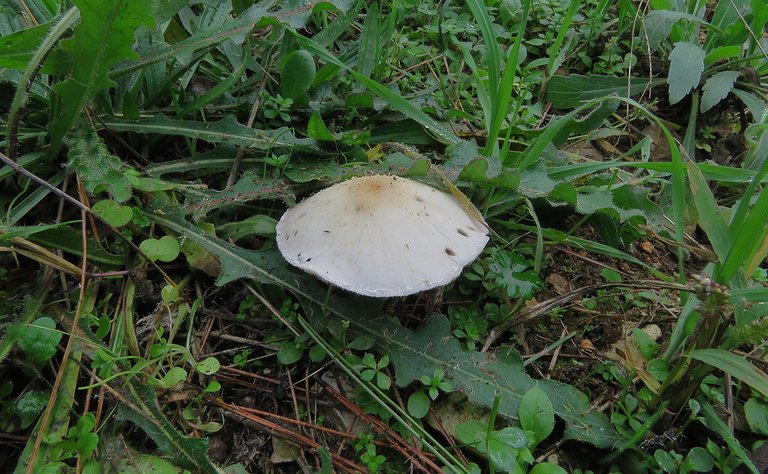
... I came across a solitary Psathyrella candolleana mushroom.
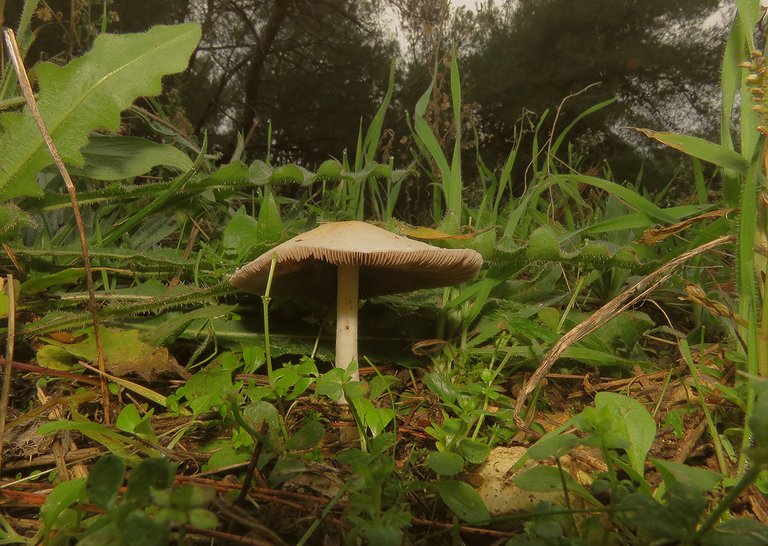
I found only one on that occasion. On some leaf near this mushroom ...
... I found another insect.
This bug, the Tinicephalus hortulanus from the Miridae family, was cleaning its antennae.
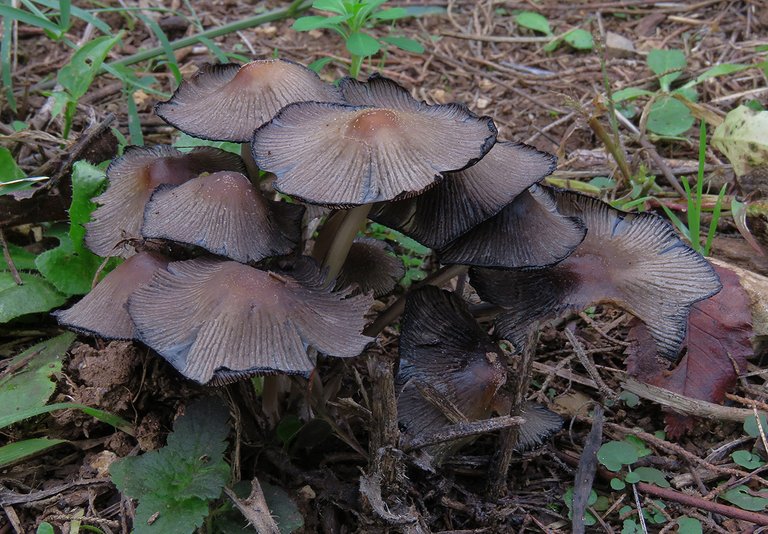
Some minutes later, in the same area ...
... I found more Coprinellus micaceus. Here the decaying ones were grouped in a small cluster, and there was also a younger one, just one, nearby. Slightly isolated from the group.
Mor than a half of that relatively young one was missing. It was eaten by something, or so it looked. After taking these shots ...
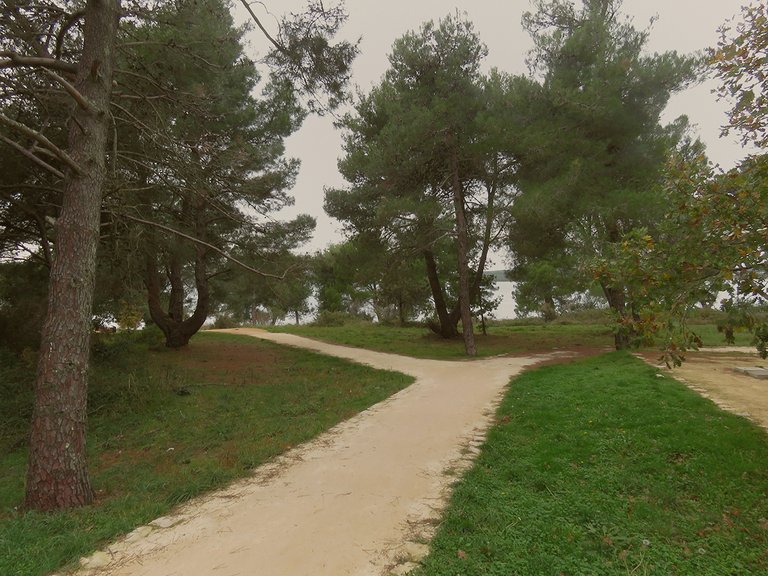
... I continued along the path that leads to the sea.
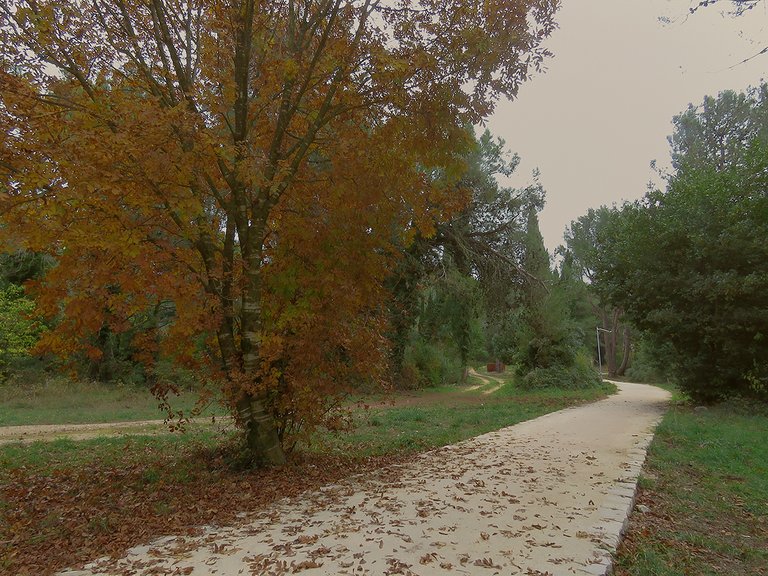
Here in the bay, pines are the most numerous trees and the vegetation is in general mostly evergreen. But at one point, I passed by one of the rare deciduous trees that grew by the path.
The ground was sparsely covered with fallen leaves that were forming nice autumnal patterns when seen from a distance.
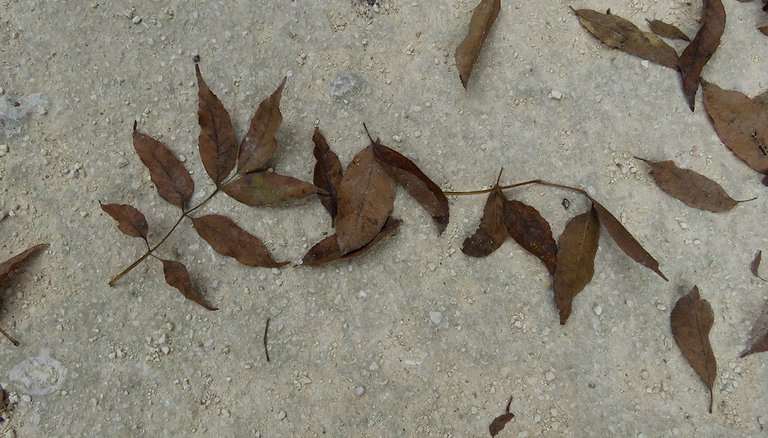
From up close the groups of scattered leaves looked more like elegant seasonal arrangements to put in the storefront window among clothing for the colder part of the year
This pretty large mushroom was photographed near the end of the path.
Quite a few plants were in bloom nearby ...
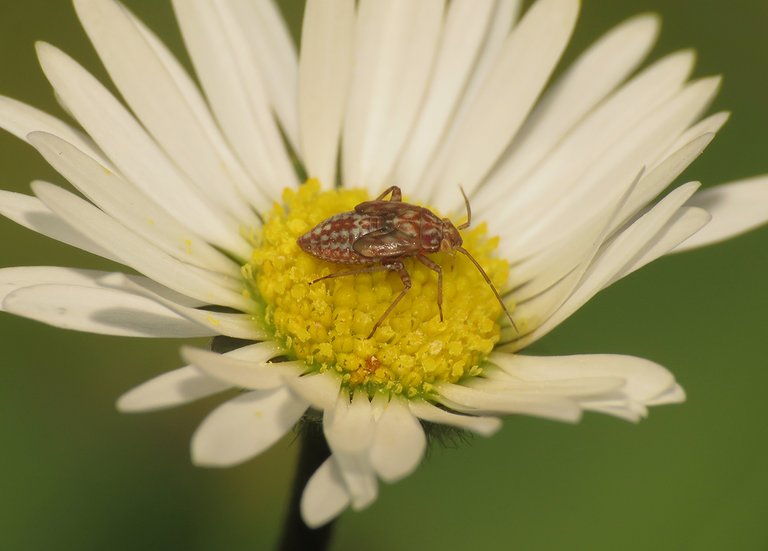
... and insects were visiting the flowers.
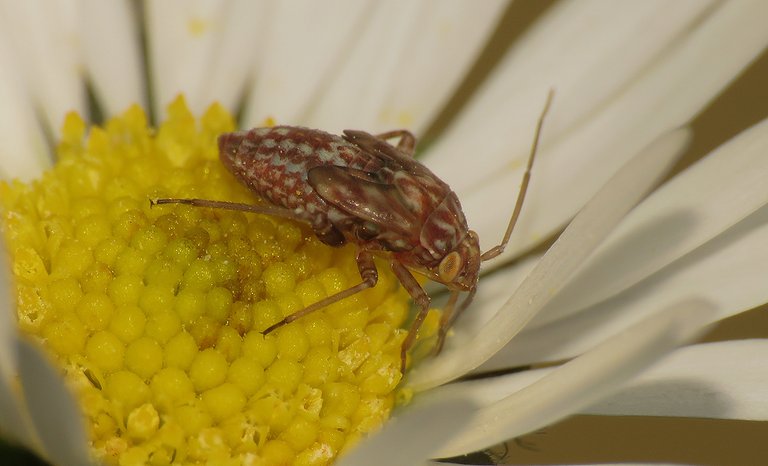
Here, on the Southern daisy (Bellis sylvestris) ...
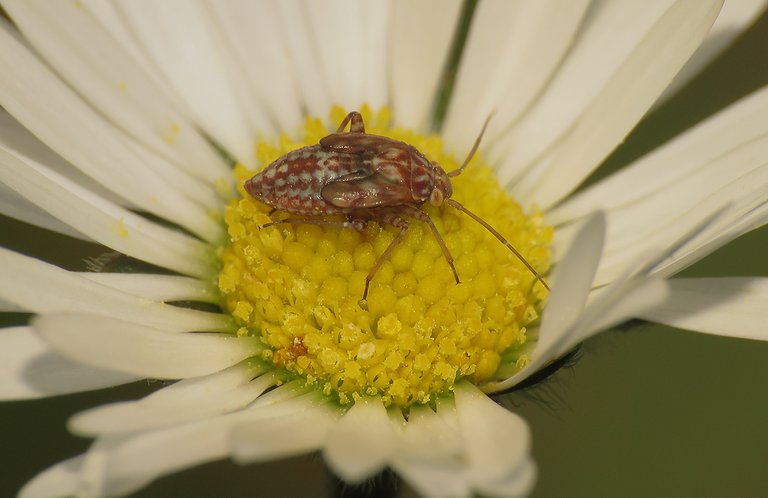
... you can see the nymph of the Lygus pratensis bug. This is another species from the Miridae family. The fly in the following photograph ...
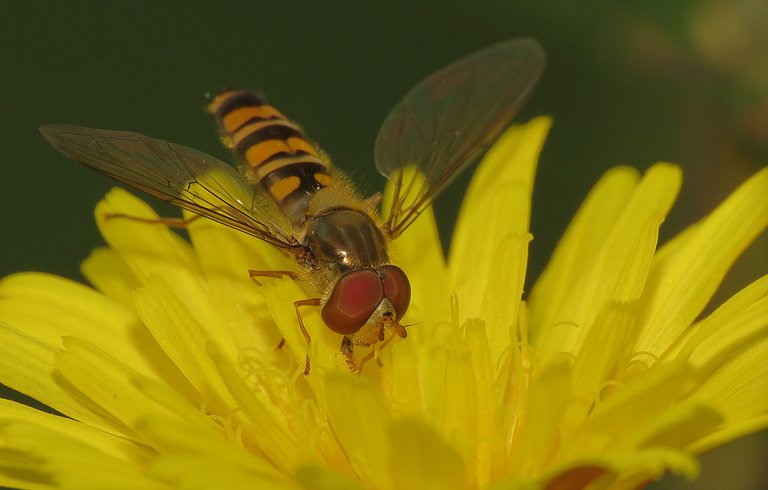
... is enjoying the nectar of the Hypochaeris radicata flower. This is the Episyrphus balteatus, a very common species from the Syrphidae family.
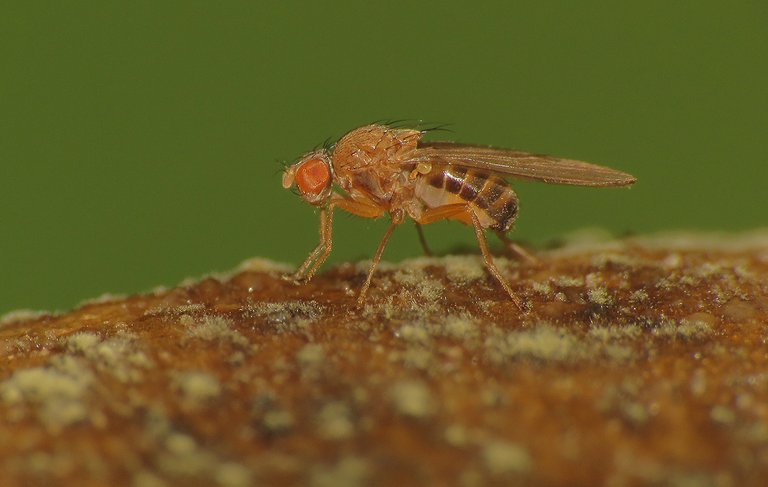
Here you can see some considerably smaller fly from the Drosophilidae family ...
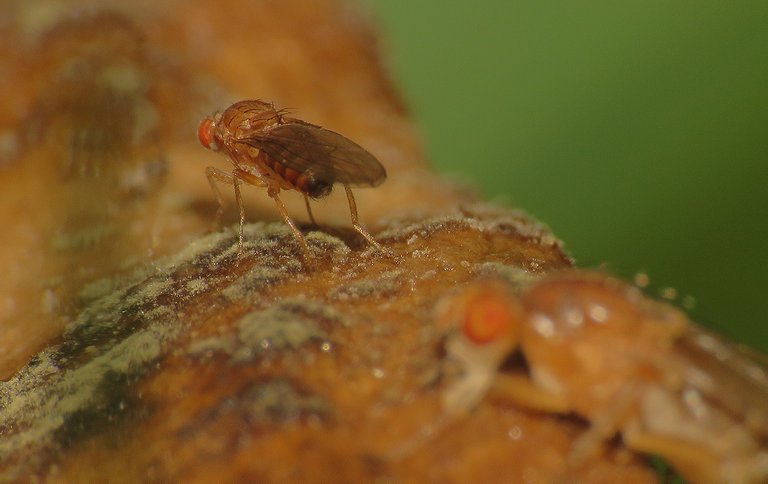
... on the brown, mold-covered surface ...

... of a mushroom.
I found a nice community of flies on this old, decaying Volvopluteus gloiocephalus mushroom.
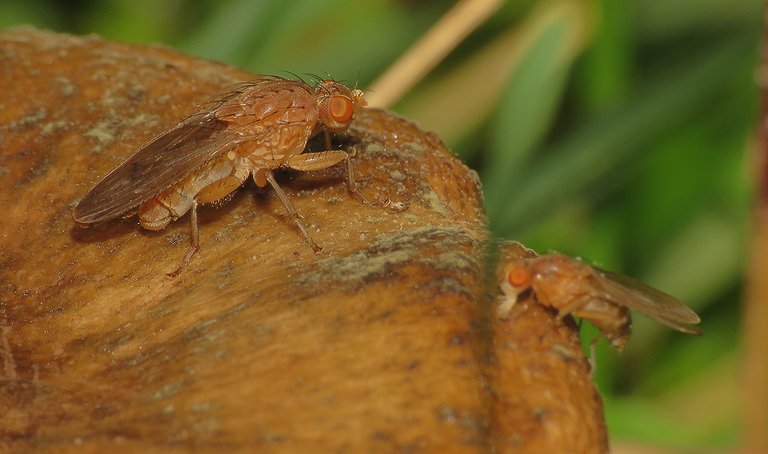
Similar-looking species of various sizes were feeding harmoniously on the top of the cap.
Suillia fuscicornis, a species from the Heleomyzidae family that was introduced in the first part of the post, was the biggest one.
This GIF shows you how the feeding looks in motion.
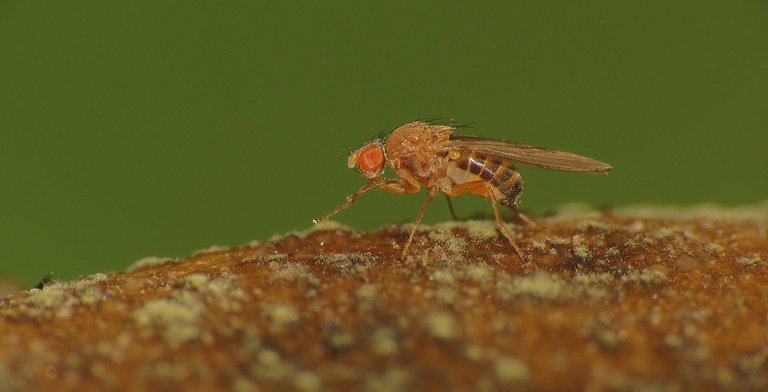
Here you can see the small fruit fly (Drosophilidae) cleaning its forelegs, while in the following shot ...
... the same fly is cleaning the hindlegs.
Here, you can take a good look at both species and compare them. With the following photograph ...

... the focus is again on the flowers. There I saw more flies. This is some species from the Tachinidae family, don't know which one exactly.
This is a fly that I regularly encounter when the weather is pretty cold and not many other insects are active. It's very common here, but I have no idea about species or family.
Here you can see another species that I wasn't able to identify, while with the following photograph ...
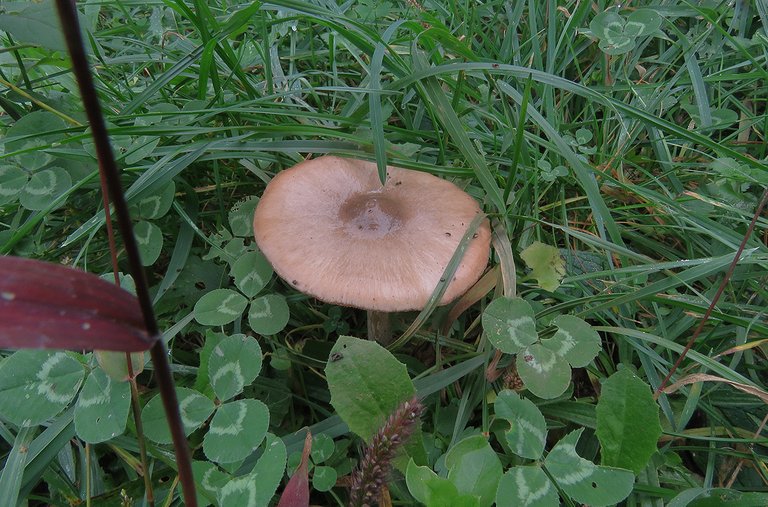
... I'm shifting the focus to mushrooms. This is another Volvopluteus gloiocephalus. A fresh, firm, completely developed fruiting body that hasn't started to decay yet. When I took a better look through the macro lens to see what are those little black spots on the top of the cap ...

... I saw a dead midge. Midges are very small, mosquito-like flies from several families in the suborder Nematocera. With many obscure, similar-looking species around, I can't tell you what kind of midge is this.
Here I'm back with the living flies ...
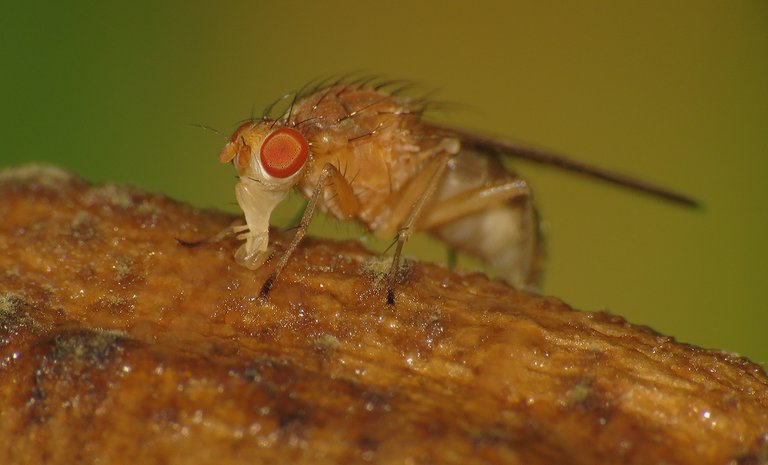
... on the older, decaying Volvopluteus gloiocephalus.
I spent plenty of time with them back then on the 22nd of November 2021.
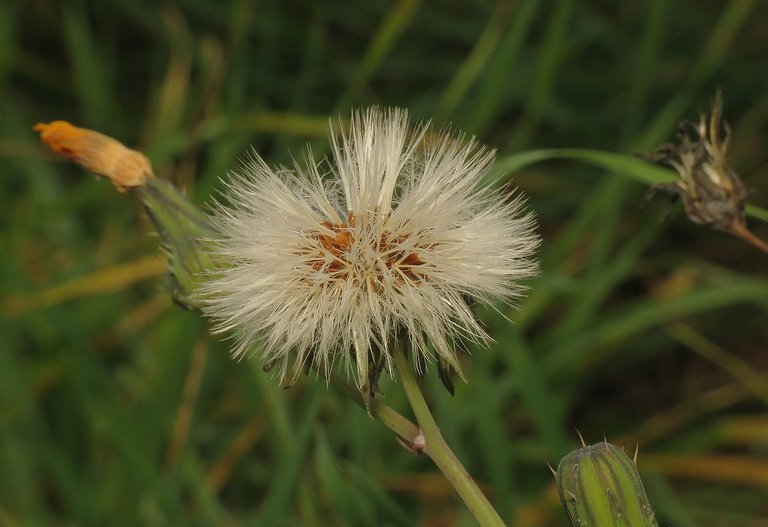
When I photographed these seeds of the Sonchus arvensis plant, the first sparse raindrops started to fall.
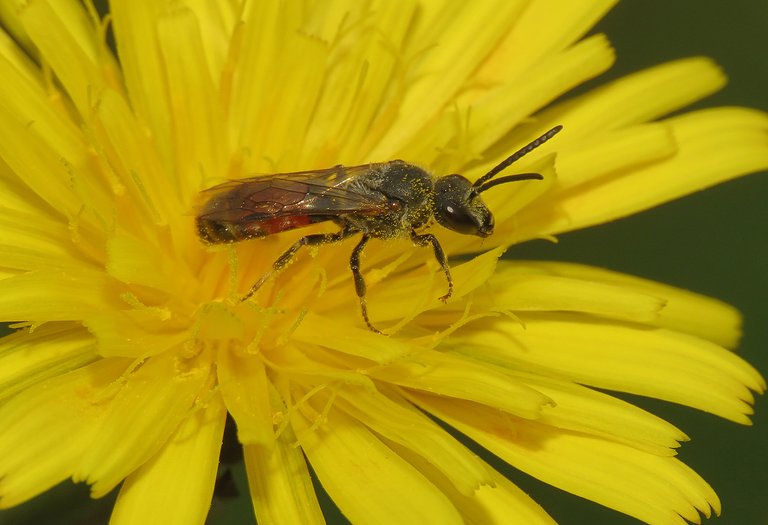
I took only one more photograph before walking back to my car and driving back home. Here you can see a bee that I regularly encounter only in autumn. I don't know what species is this.
As always in these posts on HIVE, the photographs are my work - THE END.
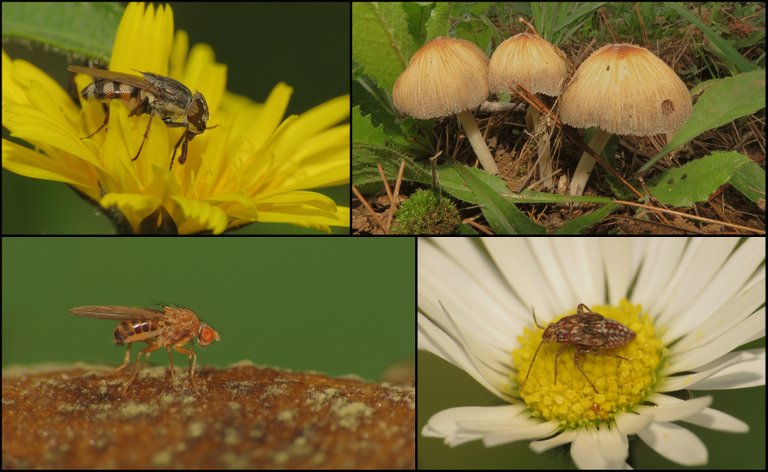
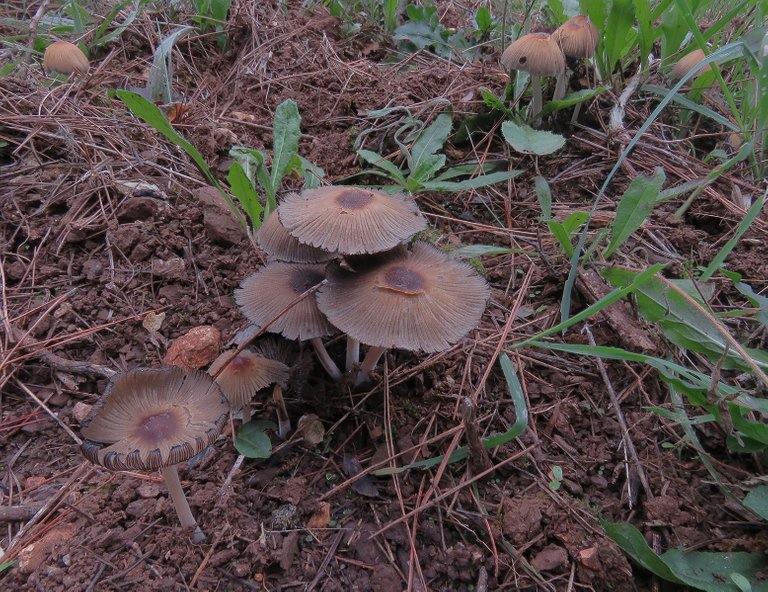




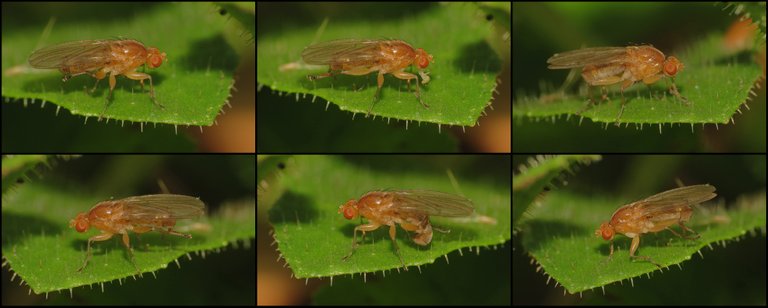

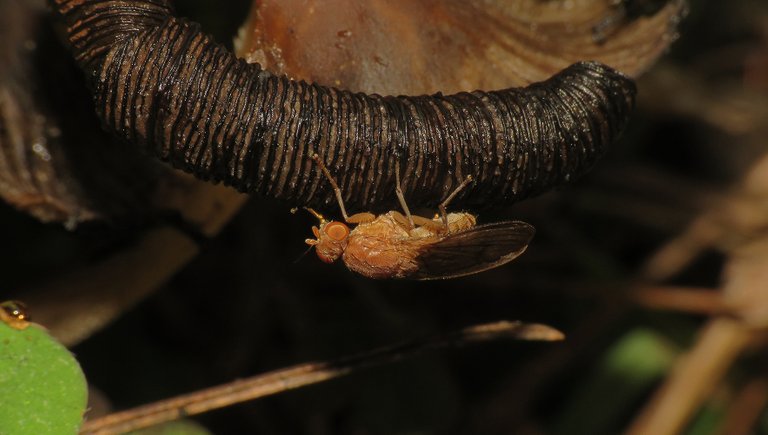
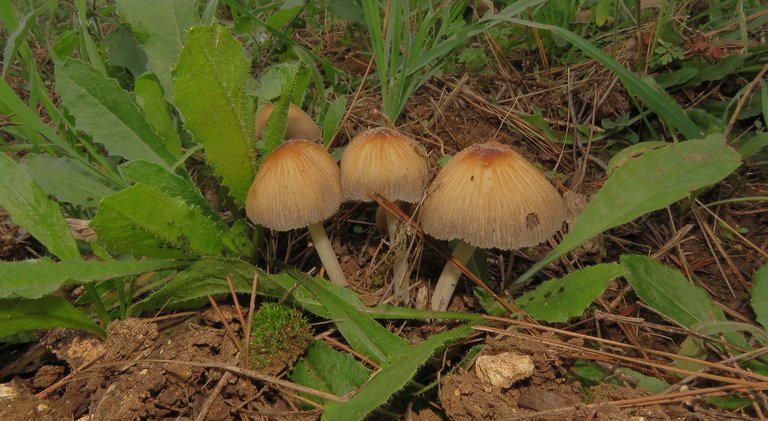

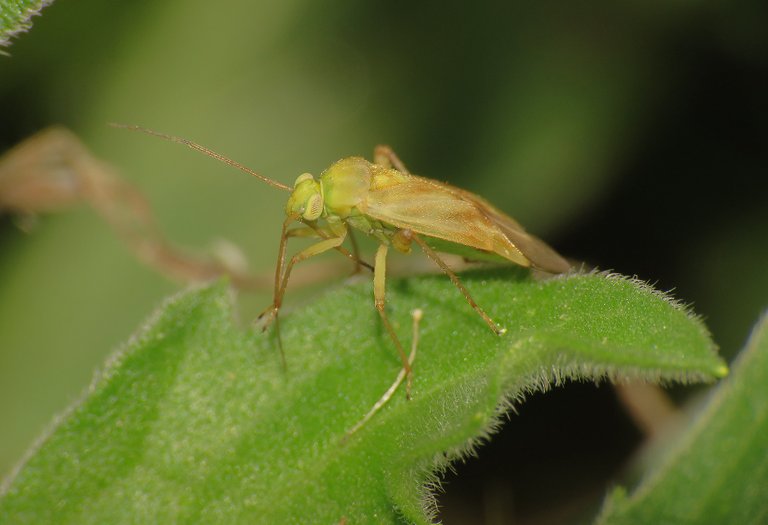

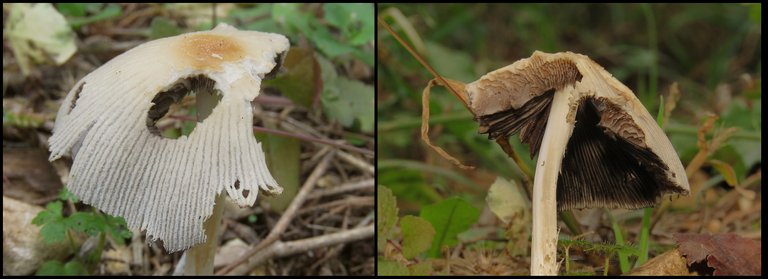

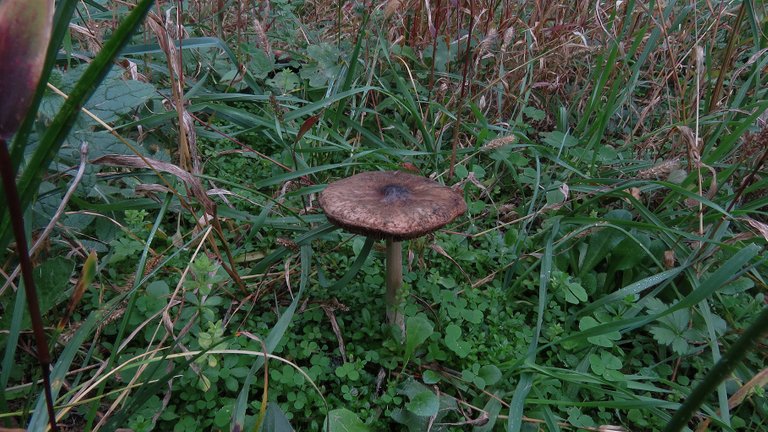

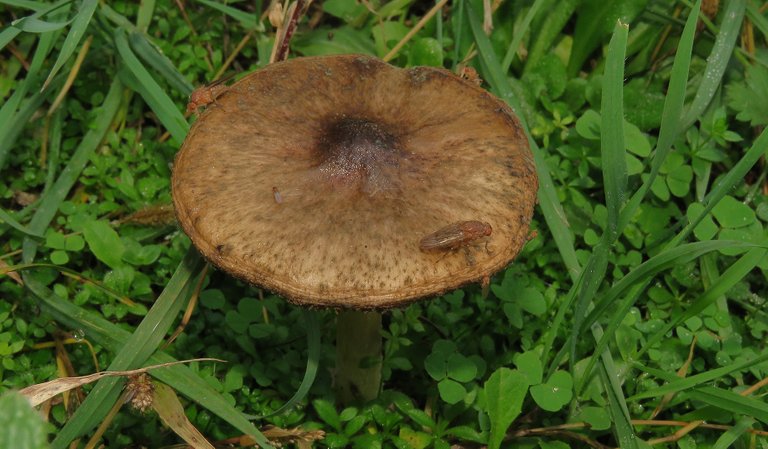


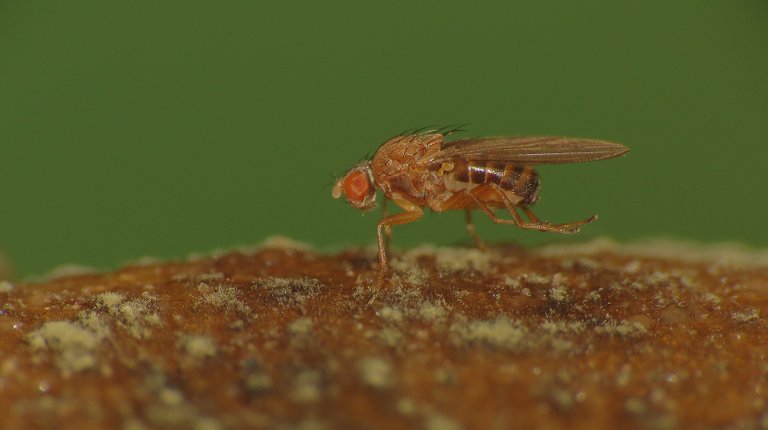

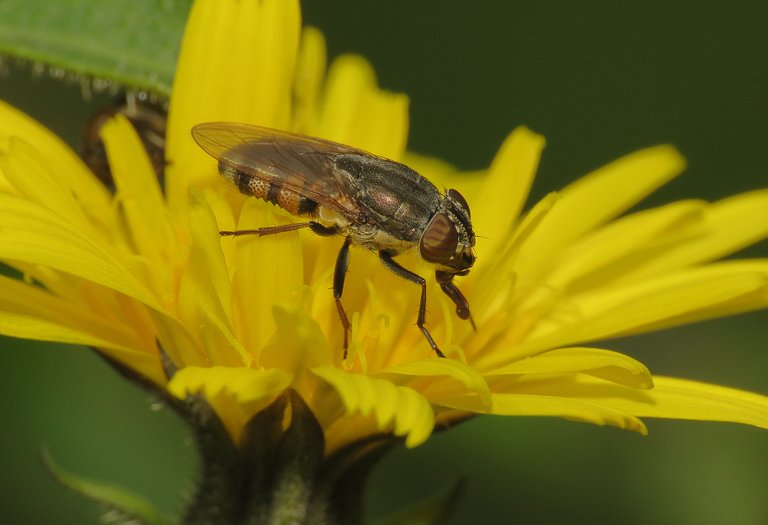
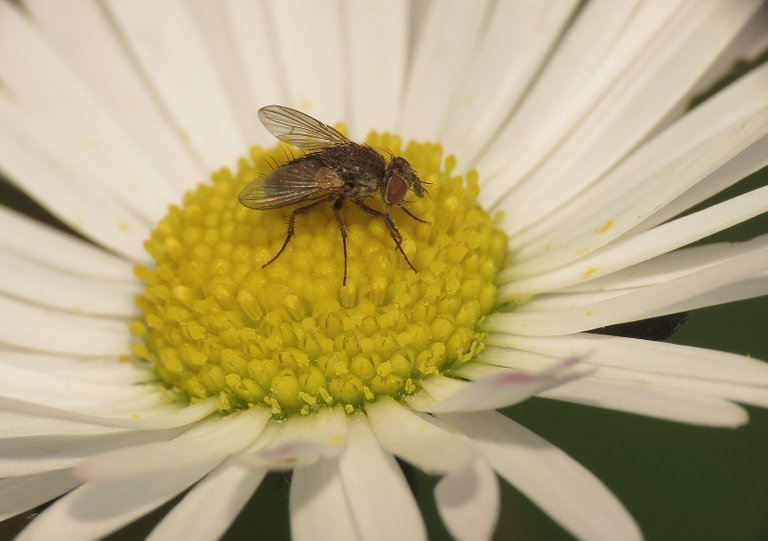


You caught the secret pink mite in its favorite mushroom.
I love every part of the pictures, it's looks as if am there myself. Keep up the good work.
Love your photographs. So close up and the colors of the insects are interesting.
Congratulations @borjan! You have completed the following achievement on the Hive blockchain and have been rewarded with new badge(s):
Your next target is to reach 190000 upvotes.
You can view your badges on your board and compare yourself to others in the Ranking
If you no longer want to receive notifications, reply to this comment with the word
STOPCheck out the last post from @hivebuzz:
All the pictures you show look so amazing
özellikler böceğin beslendiği gif muhteşem. bravo usta.
😁😺🐭😎
A lot of beautiful mushroom as well as some of those are really so amazing. And also insect and flower photography are looks great. Nice photography
Thanks for your contribution to the STEMsocial community. Feel free to join us on discord to get to know the rest of us!
Please consider delegating to the @stemsocial account (80% of the curation rewards are returned).
Please consider including @stemsocial as a beneficiary to get a stronger support.
That's really interesting. I didn't know that mushroom start to decay right after releasing their spores. Makes sense though.
That little prison in the mushroom with the eggs in it is pretty interesting as well. Cool macro photos!
hi friend @borjan
what you show this time I have seen it all, and what you wrote I have read it too, the way you take macro photography or take pictures is very detailed, but I am interested in the fly on the yellow flower, thank you for sharing .
Awesome macro photos, @borjan. Are you taking them with your phone or photo camera?
Thanks, :) glad you like this macro stuff. I'm doing it with the camera.
https://en.wikipedia.org/wiki/Canon_PowerShot_SX60_HS this is the camera ...
https://www.amazon.com/Raynox-DCR-150-Snap-On-Macro-Lens/dp/B0007KS7D0 ... and this is the snap-on lens that I use for macro.
How do we try something mushrooms?
I'm afraid doing it, it could be harmful to health. Maybe a friend of a friend understands.
Better not experiment and take chances with mushrooms. If you are not sure don't eat. There is other food around.
Yes you have a point too, but my curiosity is very big about new things. I need to go to a mushroom expert. Maybe hehe